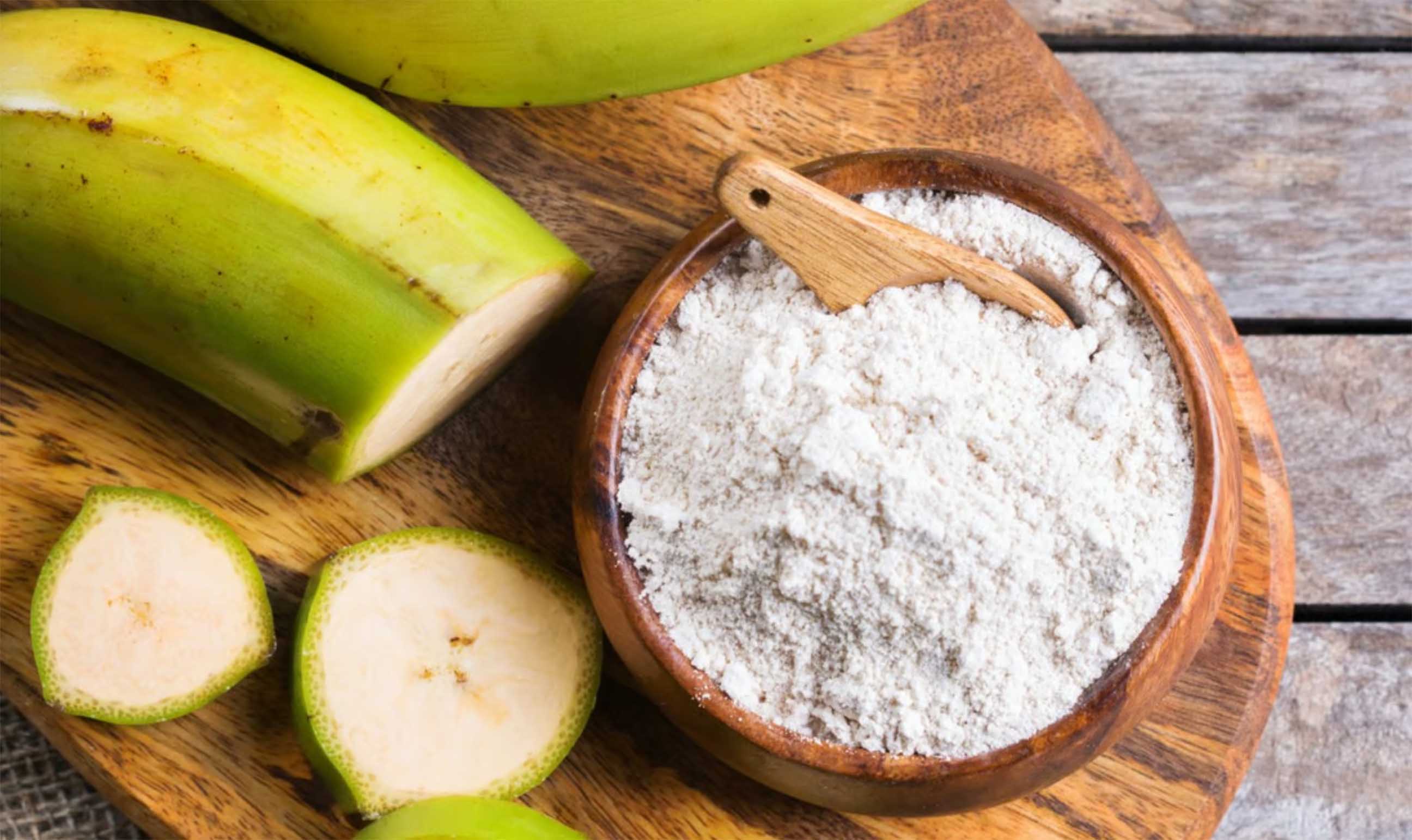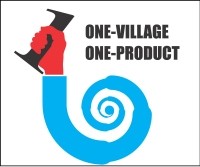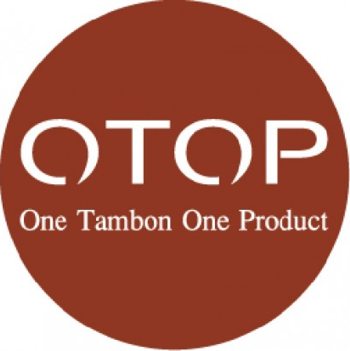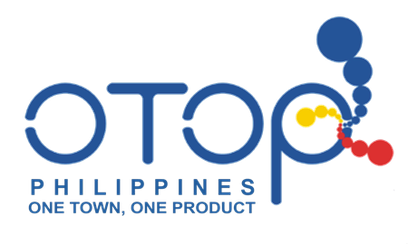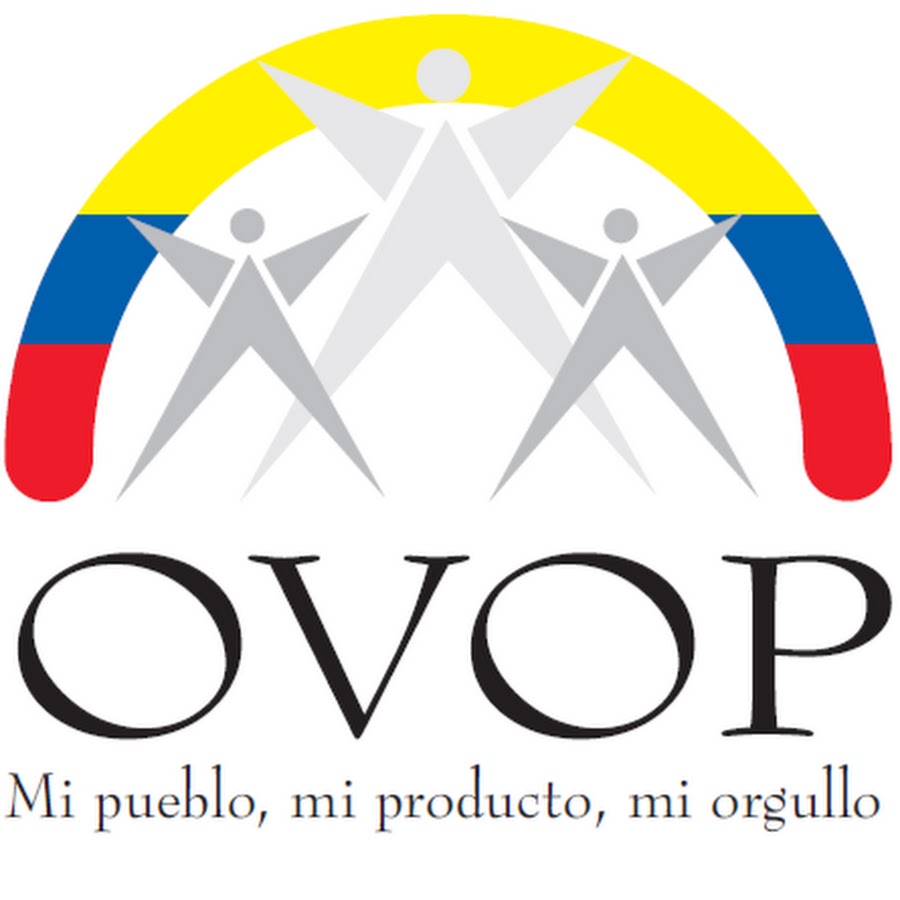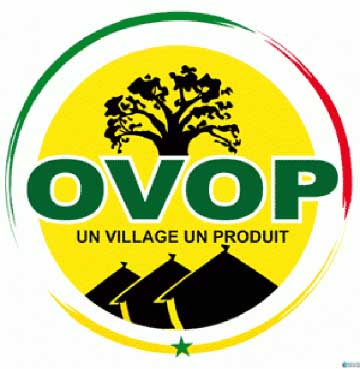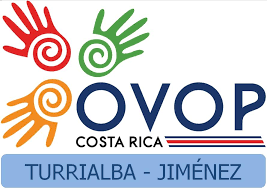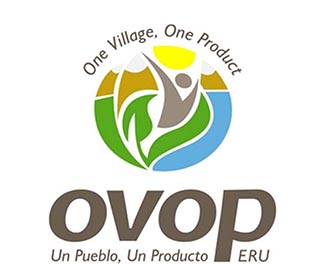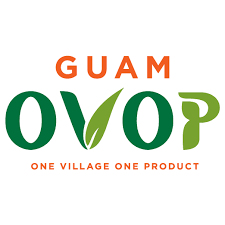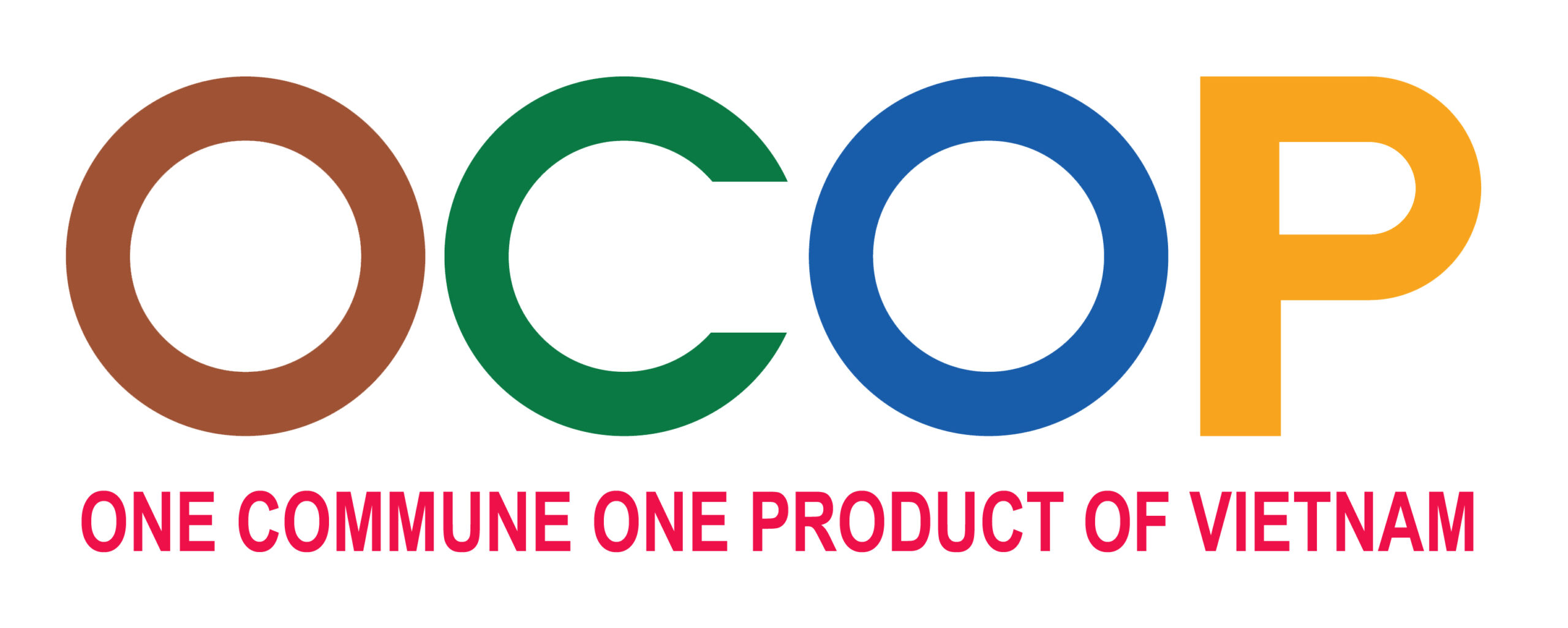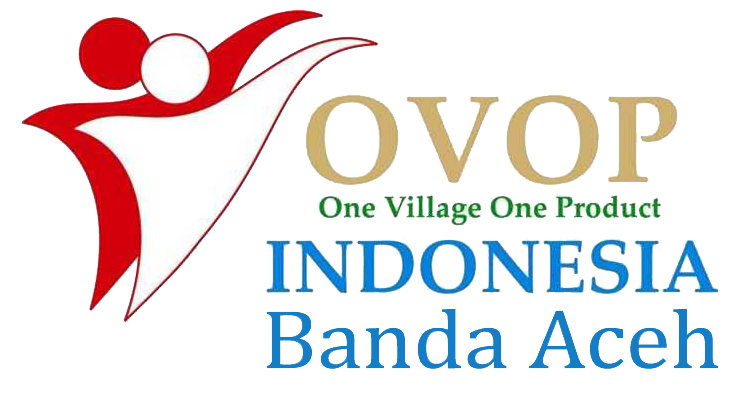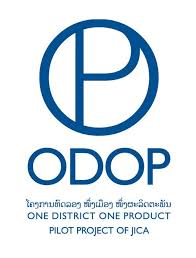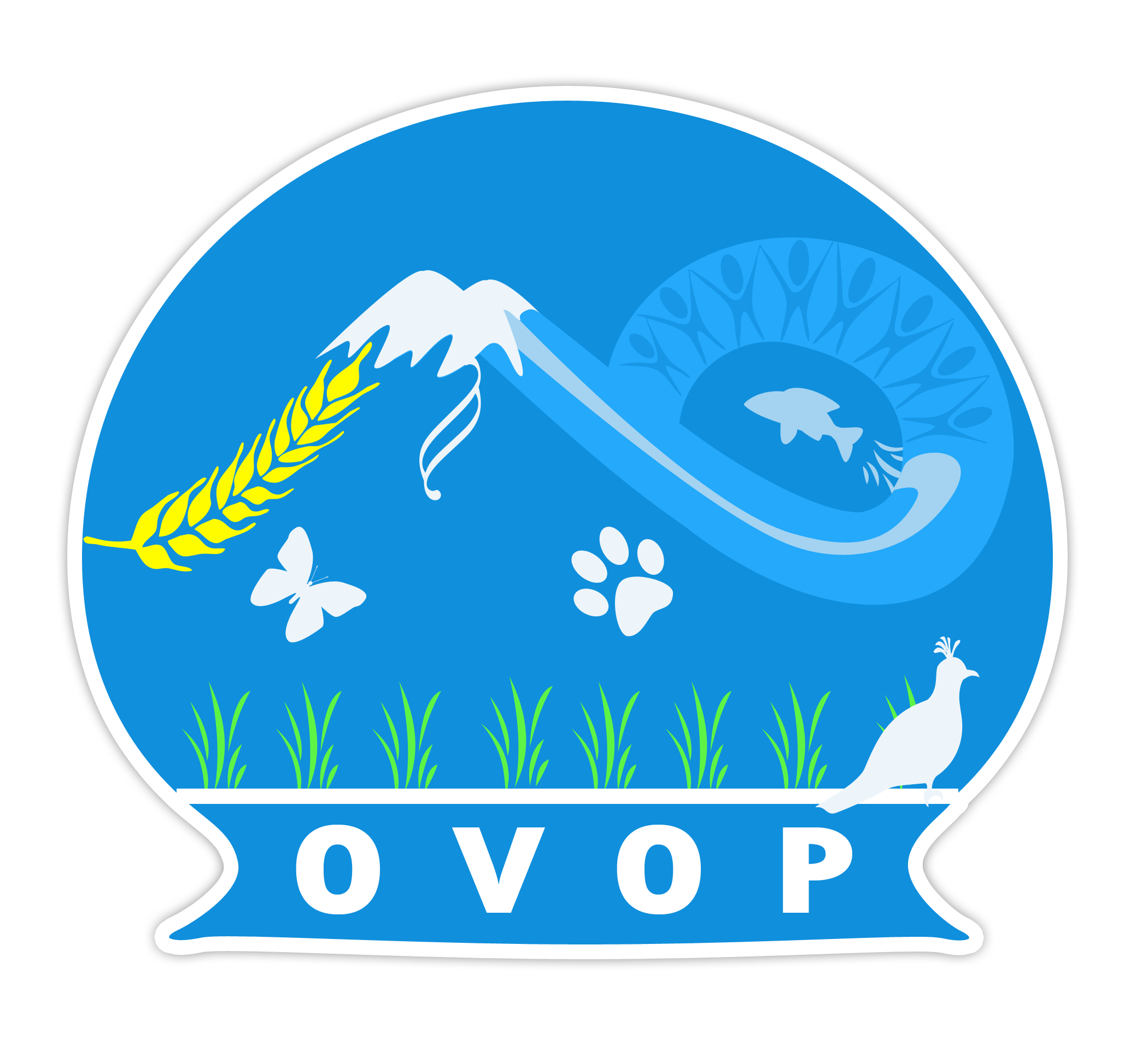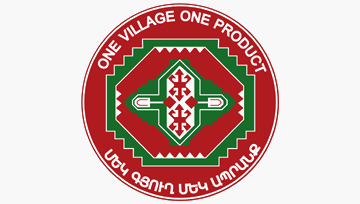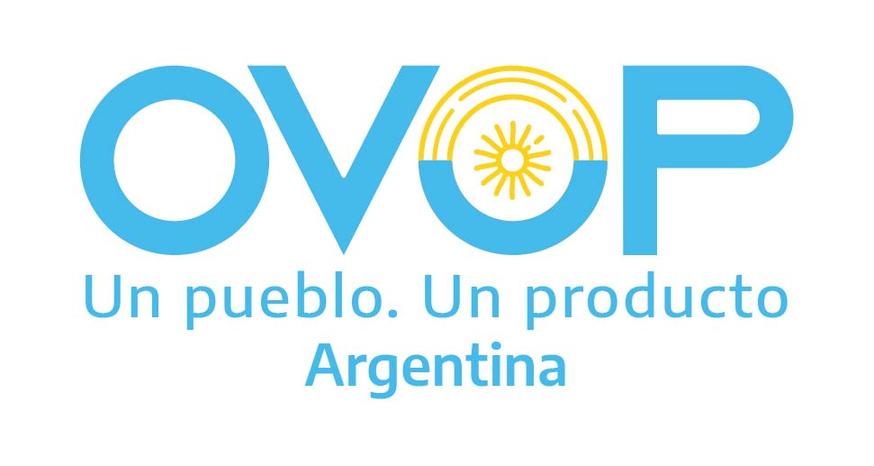Banana (Musa paradisiaca) is one of the commodities that have a very high chance for diversification, food security and agribusiness in Indonesia. This is not only because of the potential of carbohydrates, nutrients, minerals and fiber content are highly qualified as food commodities and food diet, but also because the optimal total production per ha which ranged from 25 to 40 ton. Lampung Provincial Government is very supportive banana as the main commodity with the potential of generating plant 9,155,382 trees, and a production of 549 928 tons. Largest production center is the South Lampung regency.
Banana is a tropical fruit that easily rot, fruit color has changed rapidly by physical influences such as sunlight and cuts, and influence of fungus. On the other hand, the current banana production is relatively abundant, especially in Lampung with an unbalanced market uptake. Therefore, post-harvest handling of banana cultivation is essential to prolong the shelf, so it can be a value-added product. Bananas can be processed and preserved to various forms of processed products such as banana flour, banana sale, banana juice, banana wine, dodol banana, banana chips, banana sauce and banana jam and other processed
In an effort to develop a banana as a manifestation of people's food menu diversification, processing bananas into banana flour are the main alternatives that have good prospects, because the processing technology is quite simple, not easy damaged, can be stored for longer, giving higher value-added, more easily in packaging and transport, more practical for processed product diversification, to create business opportunities and the development of rural agro-industries can be processed into various types of food
Banana flour processing carried out in two stages, namely making of banana chips and flour. The first stage, each 2 kg of bananas steamed for 10 minutes and then peeled and thinly sliced pieces of banana slices soaked in 0.3% sodium metabisulphite for 5 minutes, then drained. Banana slices dried in an oven at a temperature of 60°C for 24 hours. The result was called a dried banana chips. Dried banana chips milled and produce banana flour a pass 80 mesh sieve . Banana flour was packed in a plastic bag and then rated
Banana flour contain complete nutrient. The main nutritional components of Banana flour was a carbohydrate. The highest starch content present in fruits are green and unripe, like bananas and mangoes, reaching 70% of the dry weight. Therefore, bananas can be used as an alternative source other than corn starch, wheat, and rice. Bananas suitable for processing into flour, because the main constituent components are carbohydrates. Carbohydrates in a banana is a complex carbohydrate, which provides energy to the body that can be absorbed in the not prolonged, such as rice, bread, and biscuits, but also not too early as sugar or syrup. Differences in the protein content in the Banana flour caused by different types of bananas were used, planting areas, weather and drying conditions. Banana flour can be used as a diet food, because of the low fat content, while the fiber contained in the Banana flour can help the process of digestion in the intestine. Banana flour are rich in minerals such as potassium, magnesium, phosphorus, iron, and calcium, in addition to bananas also contain vitamins, namely C, B complex, B6, and serotonin is active as a neurotransmitter in the smooth functioning of the brain.
It’s noted that - bananas are susceptible to browning commodity after the peel. This was due oxidation with air to form a browning reaction with the enzymes contained in the food. (browning enzymatic). Because the enzyme is browning reaction between oxygen and the phenolic compounds catalyzed by polyphenol oxidase. To avoid the formation of brown color in foodstuffs will be made of flour, can be done by preventing contact between the material and the air that has been peeled by soaking in water, the addition of salt solution, sodium metabisulphyte and inactivate enzymes in the process blansir . Analysis of whiteness, determine the level of whiteness of bananas produced. Whiteness is an important parameter in the physical quality of banana flour as it pertains to consumer preferences
Basically all kinds of raw bananas can be processed into flour, but the flour produced varied colors, because it is influenced by the rate of maturity, types and processing methods.






